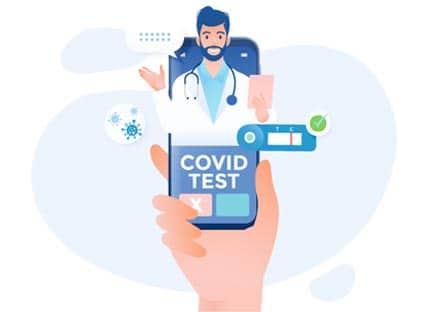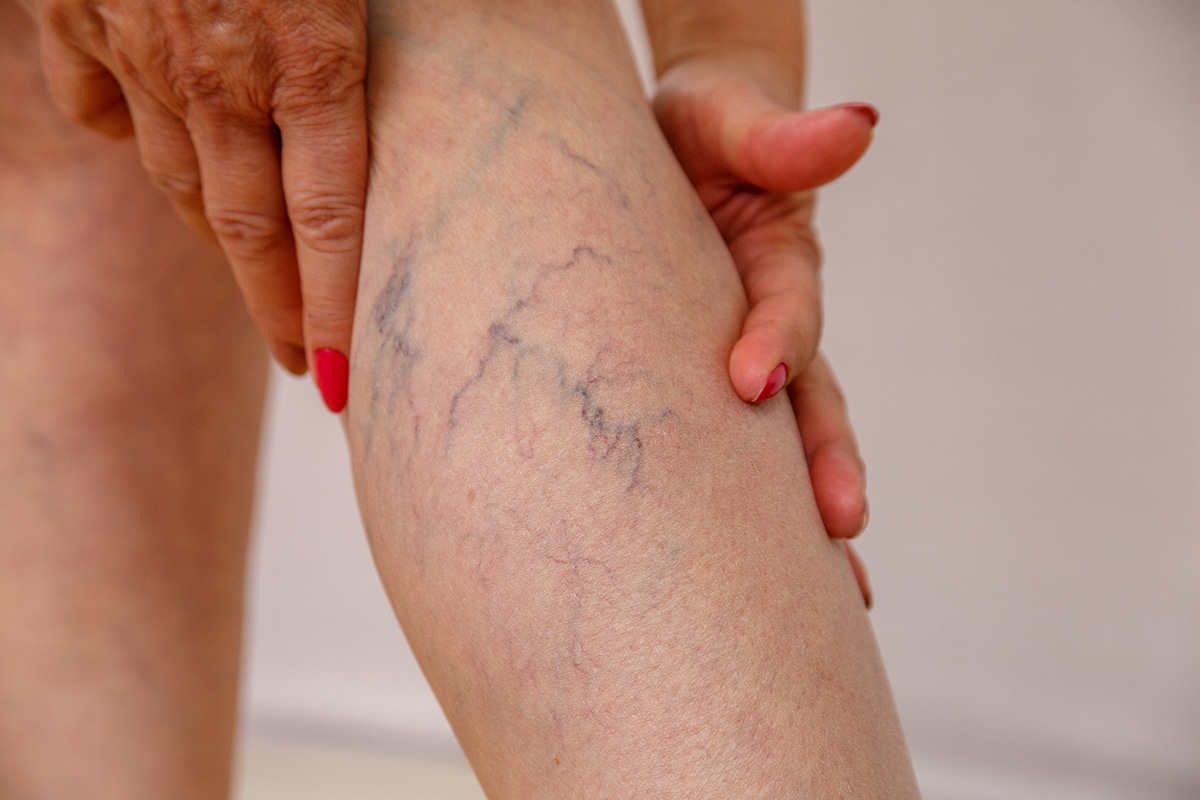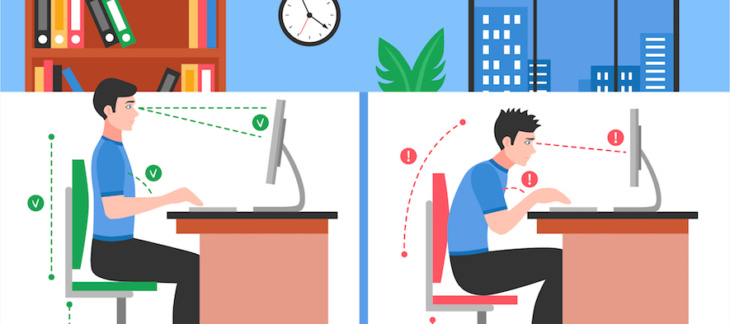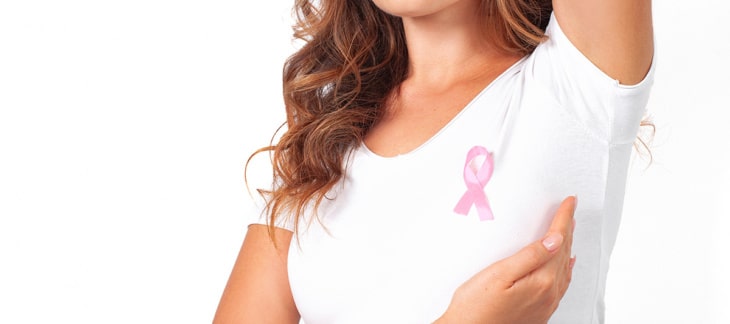Have you ever heard of varicose veins? Around 5% of the population in the United States suffers from this condition, which, although not serious, can be painful, visually unappealing, and debilitating.
This condition is characterized by the appearance of dilated, twisted, and bulging veins in the legs. It usually occurs in men between the ages of 70 and 79 and women between 40 and 49 years old. And although it may be considered by some a simple cosmetic problem, it’s important to pay attention to the onset of symptoms and seek medical attention promptly.
What are varicose veins and how do they form?
When we talk about varicose veins, we refer to veins that dilate and twist abnormally due to the accumulation of blood inside them. This usually happens in the superficial veins of the legs where venous valves can weaken, causing blood to flow slowly and accumulate in the veins.
As a result of this condition, a person may experience symptoms such as:
– Pain when walking that disappears with rest.
– Swelling in the legs or ankles.
– Feeling of tension in the calves.
– Change in skin tone around a vein.
– Itching around one or more veins.
– Ulcers on the legs.
It’s important to note that varicose veins don’t always cause pain. However, the appearance of veins that look dilated or twisted or are purple or blue is a warning sign that we should pay attention to.
What Causes Varicose Veins?
Arteries transport blood from the heart to the rest of the body, and veins are responsible for returning blood from the rest of the body to the heart. In the case of legs, this process is carried out against gravity. When the small valves in the veins weaken or are damaged, they fail to close to prevent blood from flowing back, and this causes vein dilation.
Trauma to the legs, high blood pressure in leg veins for an extended period, lack of physical activity, smoking habits, deep vein thrombosis, or phlebitis can also cause this condition.
Risk factors
There are many factors that can lead to a higher predisposition to varicose veins, with the main ones being family history, aging, obesity, and pregnancy. Learn about the main risk factors below.
Aging
One cause of wear and tear on vein valves is aging. Over time, these valves contribute to the inefficient flow of blood, leading to the accumulation of blood and the appearance of varicose veins.
Women are at higher risk
Pregnancy, hormonal changes, and hormonal treatments are some factors that make women more likely to suffer from varicose veins.
Genetic predisposition
When there’s a history of varicose veins in other family members, there’s a higher likelihood of developing the disease.
Obesity
Overweight individuals experience additional pressure on their veins, which can lead to varicose veins.
Remaining in a standing or sitting position for extended periods
It’s important to keep in mind that movement helps blood circulate, which is why it’s important to take breaks from tasks that require prolonged standing or sitting.
Although not as common, varicose veins can present some complications such as painful skin ulcers, blood clots, or bleeding. For this reason, it’s essential to learn how to prevent them and be aware of warning signs to receive a timely diagnosis and treatment.
How to Prevent Varicose Veins?
While it’s not always possible to completely prevent varicose veins, there are measures you can take to reduce the risk of developing this disease. Pay attention to the following guidelines.
– Maintain a healthy weight.
– Adopt a fiber-rich and low-sodium diet.
– Engage in regular physical activity.
– Avoid standing or sitting for prolonged periods. Change positions frequently.
– Elevate your legs while resting to improve venous return.
– Use compression stockings.
– Avoid excessive use of high heels.
– Keep the skin on your legs well-moisturized.
While varicose veins may be related to genetic causes or aging, among others, adopting a healthy lifestyle can help reduce the risk of developing this condition.
You may also be interested in: When should I have a primary care visit?
When to Seek Medical Attention
As we mentioned before, varicose veins are not just a cosmetic issue. It’s essential to be aware and seek professional help if you notice the appearance of painful or worsening varicose veins, pain or swelling in the lower extremities, bleeding, or leg ulcers.
At Formé Medical Center, we have specialists in the diagnosis and treatment of varicose veins. Don’t hesitate to call us at 914-723-4900 or schedule an appointment. Our team of professionals will provide you with personalized recommendations and guidance on how to maintain optimal vascular health.







